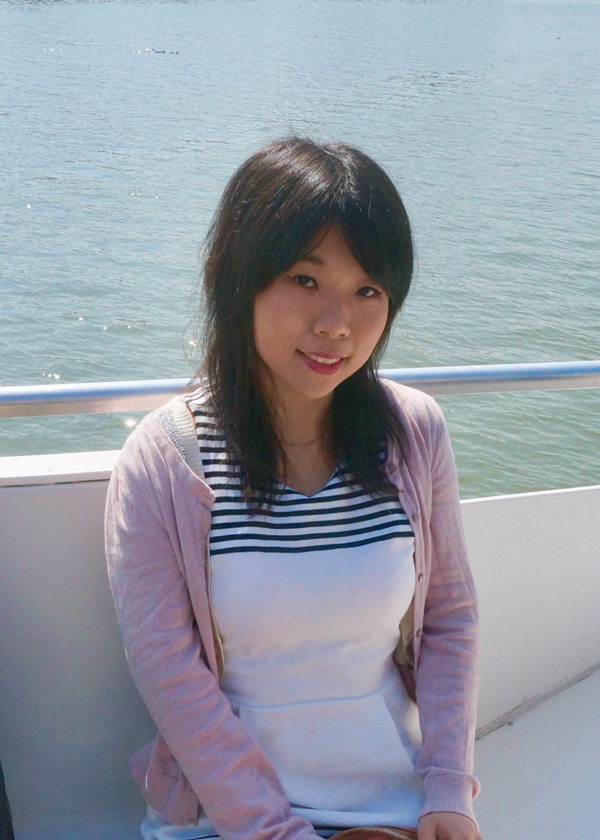We are not in the world, we become with the world; we become by contemplating it. Everything is vision, becoming. We become universes. –Gilles Deleuze and Felix Guattari
 My way of seeing the world has always been relational and ontological. My experience with art and design can be traced back to my childhood years, when I begin to learn how to draw and paint (see my recent drawings below). As is the case with written composition, I perceive artistic composition as both a social and material practice, actualizing in Karen Barad’s words, the “intra-action” between matter and meaning, between desire and thinking. Digital media innovations may have added a new spin on visual art, and yet the material practice of constantly composing new relations reverberates in human-machine intra-actions. While learning how to paint using Adobe Photoshop, for instance, I start to become attuned to new becomings generated by different arrangements of layers and choices of colors, which further craft unforeseeable assemblages of bodies, emotions, and relations.
My way of seeing the world has always been relational and ontological. My experience with art and design can be traced back to my childhood years, when I begin to learn how to draw and paint (see my recent drawings below). As is the case with written composition, I perceive artistic composition as both a social and material practice, actualizing in Karen Barad’s words, the “intra-action” between matter and meaning, between desire and thinking. Digital media innovations may have added a new spin on visual art, and yet the material practice of constantly composing new relations reverberates in human-machine intra-actions. While learning how to paint using Adobe Photoshop, for instance, I start to become attuned to new becomings generated by different arrangements of layers and choices of colors, which further craft unforeseeable assemblages of bodies, emotions, and relations.
My training in digital and visual rhetorics allows me to start experimenting with innovative approaches to teaching. In my composition classes, I have incorporated visuals and infographics in the design of syllabi and assignment sheets, in an attempt to add a new dynamic to the relationship building of my classroom communities. Furthermore, viewing visual design in the new materialist traditions of Karen Barad, Jane Bennett, Gilles Deleuze, Felix Guattari, and Bruno Latour, etc, I understand design as embodied, performative, and transformative. Instead of unfolding along a linear and singular trajectory, design undergoes the complex and contingent process of deterritorializing existing forms and creating new ones. I see considerable value in the use of visuals in composition classrooms, which is inextricably connected with other material assemblages such as sounds, voices, and kinesthetic movements.
My colored pencil and pastel drawings
Aligning with my interests in design and teaching, my research focuses on examining the intersection between multimodal design and social advocacy in composition classrooms. To this end, I have designed multimodal campaign assignments that draw students’ attention to the needs of their communities of practice and the society at large. Through these assignments, I hope to develop pedagogical approaches that further multimodal public advocacy in first-year composition, and that extend digital composition beyond the constraints of traditional classrooms. These multimodal approaches find parallels in Paulo Freire’s critical pedagogy that encourages learners to “deal critically and creatively with reality and discover how to participate in the transformation of their world.” The approaches, in this sense, prompt me to take seriously the capacity of student writer-designers to engage in new ways of doing and knowing, and to generate new publics both inside and outside of classrooms.
Digital Rhetoric Collaborative constitutes a form of material assemblage through which public advocacy takes shape. To further the initiatives and works being conducted on DRC, I hope to collaborate with other DRC fellows on digital projects pertaining to design and social advocacy, in an effort to explore the role of design in opening up emerging theoretical and pedagogical possibilities. With these in mind, I envision DRC as a space where scholars and teachers collaboratively make social changes and create new becomings one blog post at a time.


